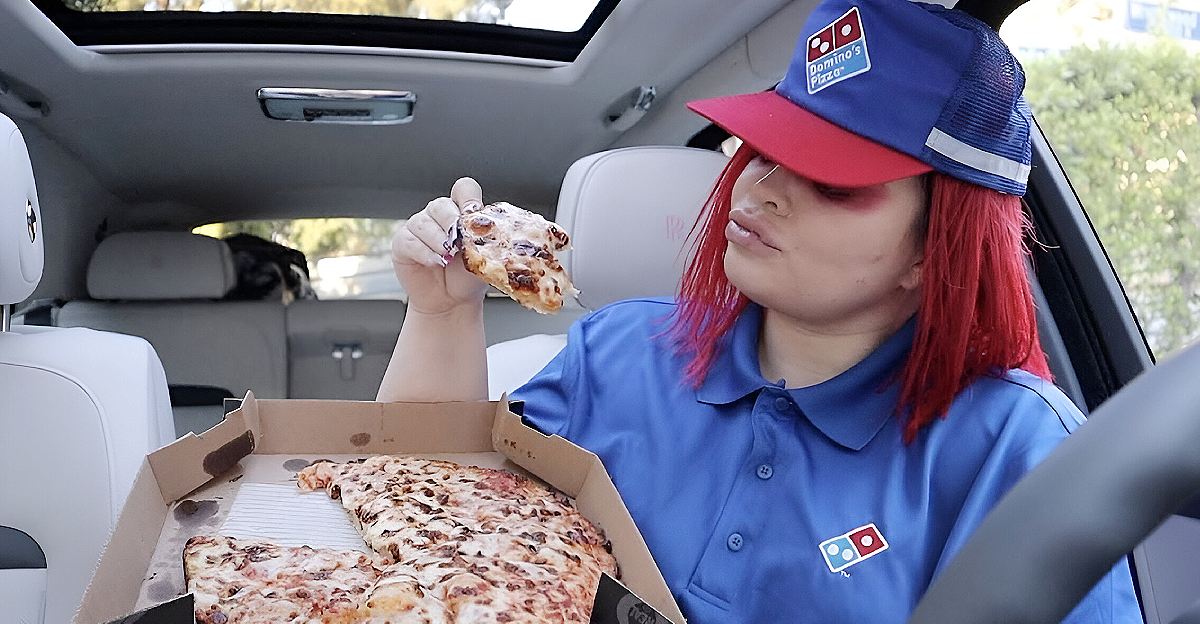
Something subtle yet seismic is shaking up America’s dinner tables. Once hailed as an unquestioned convenience, the fast-food delivery model is quietly losing its grip on consumers. For decades, ordering pizza was a comforting, quick, easy, and satisfying routine. However, a growing number of consumers are rethinking this habit. It’s not just about taste; economic pressures, lifestyle changes, and evolving values are reshaping how people choose to eat.
This trend is not isolated; it’s a ripple spreading throughout the food industry and beyond, signaling a new era in dining habits. Concerns over frugality and health consciousness are now challenging the convenience that once defined fast food. What is driving this change, and who is feeling the impact most? The answer lies within the bold new strategies of familiar industry giants seeking to reverse troubling sales slumps.
Why This Shift Matters to Every Community
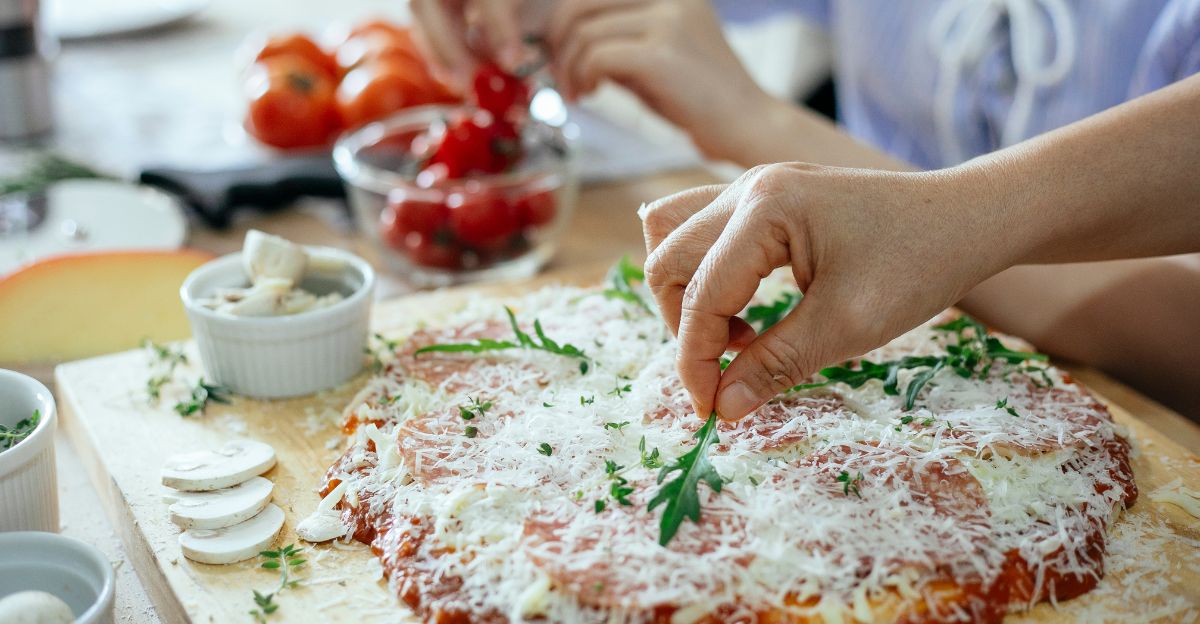
This shift isn’t limited to specific cities or demographics; it’s a nationwide phenomenon affecting millions. Fast-food chains, which once thrived on delivery and quick takeout services, now face a stark reality: customers are pulling back. Inflation and economic uncertainty have made many reconsider their spending on convenience foods. Instead, people prefer to cook more at home or carry out to save money.
This behavioral change impacts restaurants and the entire ecosystem of delivery drivers, suppliers, and franchise owners. If you’ve noticed fewer pizza boxes at your doorstep or heard less buzz around local fast-food spots, you’re witnessing the frontline of this transformation. The stakes are high, as this ripple effect threatens to reshape the fast-food industry’s traditional business model, compelling giants to innovate or risk being left behind.
Nostalgia for Fast Food’s Heyday
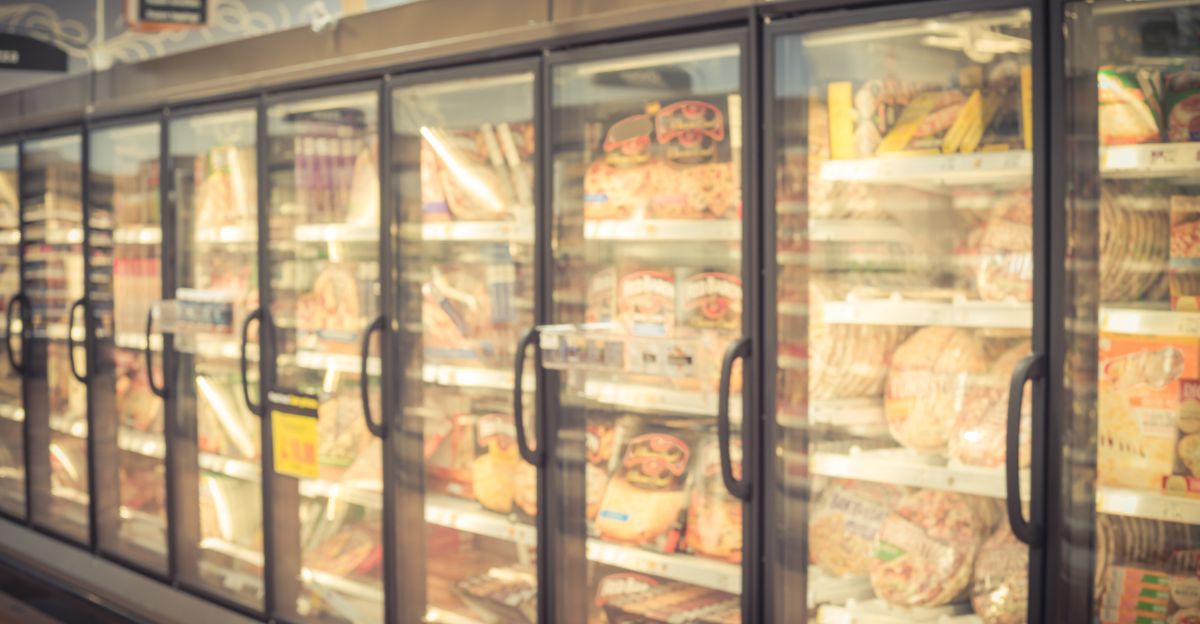
Rewind a decade when fast food reigned supreme. It offered the ultimate convenience, a go-to solution for busy families and late-night cravings. Frozen pizzas, greasy slices from local joints, and major chains dominated the landscape. Many accepted compromises in quality, believing it was better than cooking after a grueling day.
This nostalgia for “good enough” food molded an entire generation’s eating habits. Yet, the old model became lacking as new dining options emerged, such as gourmet delivery services, meal kits, and healthier alternatives. The comfort of fast food has seemingly lost its allure. This emotional connection to fast food’s prime underscores the current decline, highlighting how consumer expectations and lifestyles have transformed in record time.
The Slow Unfolding of a Sales Decline
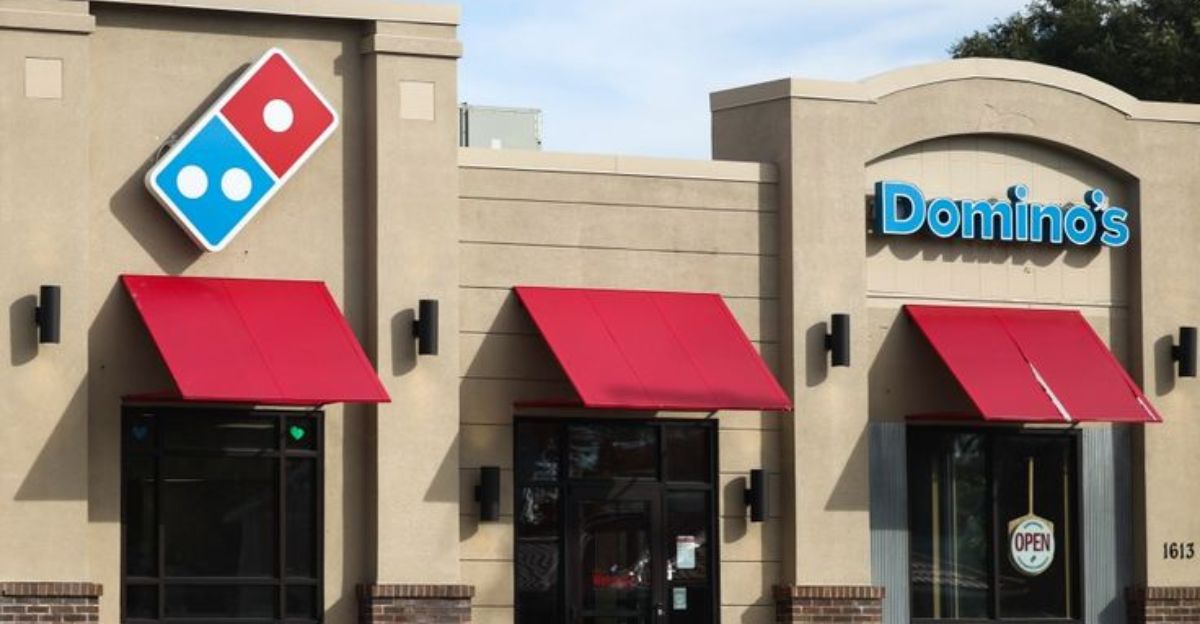
The cracks in the fast-food fortress have become increasingly evident in recent financial reports. Domino’s, a titan in the pizza sector, has reported a rare decline in same-store sales, suggesting trouble ahead. Company executives have openly acknowledged that rising costs and economic pressures are forcing customers, especially those on tighter budgets, to eat at home instead of ordering delivery. What was once an affordable convenience now feels like a luxury.
This decline is not limited to Domino’s; it reflects broader behavioral shifts driven by inflation, changing priorities, and a more cautious approach to discretionary spending. The stakes have never been higher, as Domino’s and similar brands must swiftly adapt to maintain relevance in a rapidly evolving market.
Domino’s Bold Bet: Deals and Secret Menus
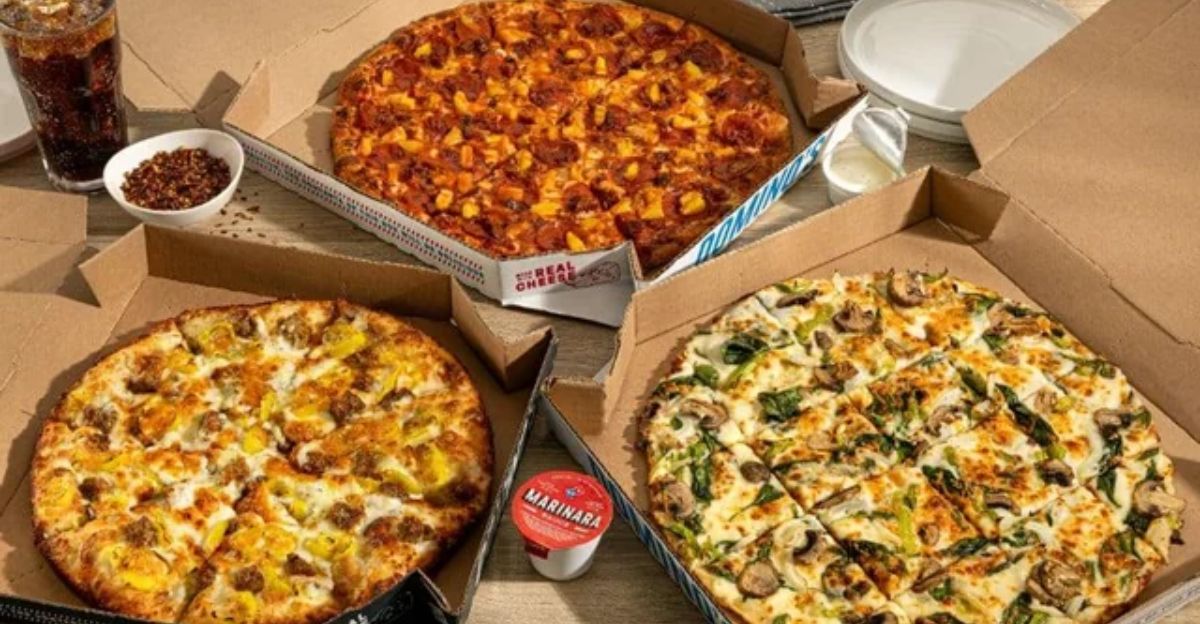
In an audacious move to combat the sales slump, Domino’s has launched its “Best Deal Ever” promotion, offering pizza with toppings for $9.99 online until early August. Additionally, they’ve unveiled three “secret menu” pizzas with catchy names like Rachel’s Sweet Buffalo, Spencer’s Garlic Parm Bananza, and Hannah’s Alfredo Veggie Melt. These offerings are strategically designed to reignite customer interest and address the growing trend of at-home dining.
Domino’s is banking on combining value and novelty to lure back lapsed customers and attract new ones. This initiative also capitalizes on social media buzz, with TikTok and Reddit users sharing their discoveries, adding a viral dimension that extends Domino’s reach beyond traditional marketing channels.
Domino’s Impact on Local Communities
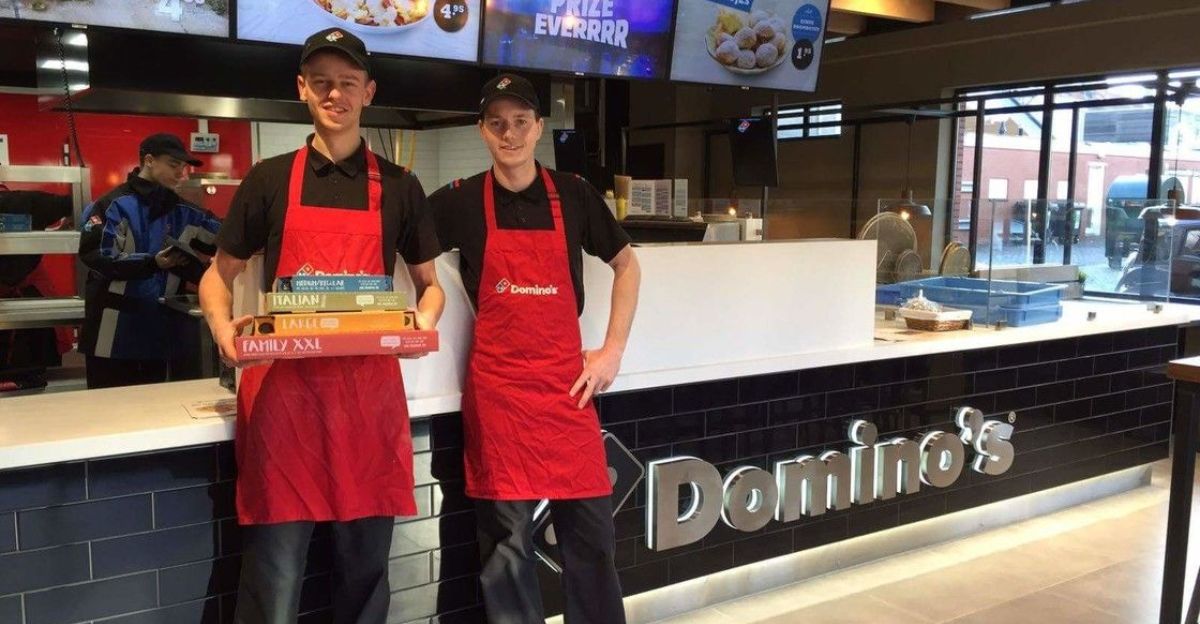
Domino’s corporate strategy plays out daily in its stores nationwide. Franchise owners report fewer walk-in customers and a clear shift from delivery to carryout orders, which tend to be smaller and less profitable. In some areas, the effects are more pronounced as local economies tighten. These local anecdotes illuminate the human side of the sales decline drivers, including experiencing fewer tips, employees adjusting to slower shifts, and customers weighing every dollar before ordering.
The ripple effect stretches beyond corporate offices to communities where Domino’s has long been a staple. This localized impact underscores how national economic trends translate into real challenges for businesses and workers. Thus, Domino’s bold moves represent corporate necessity and a lifeline for the communities they serve.
Franchisees on the Frontlines of Change
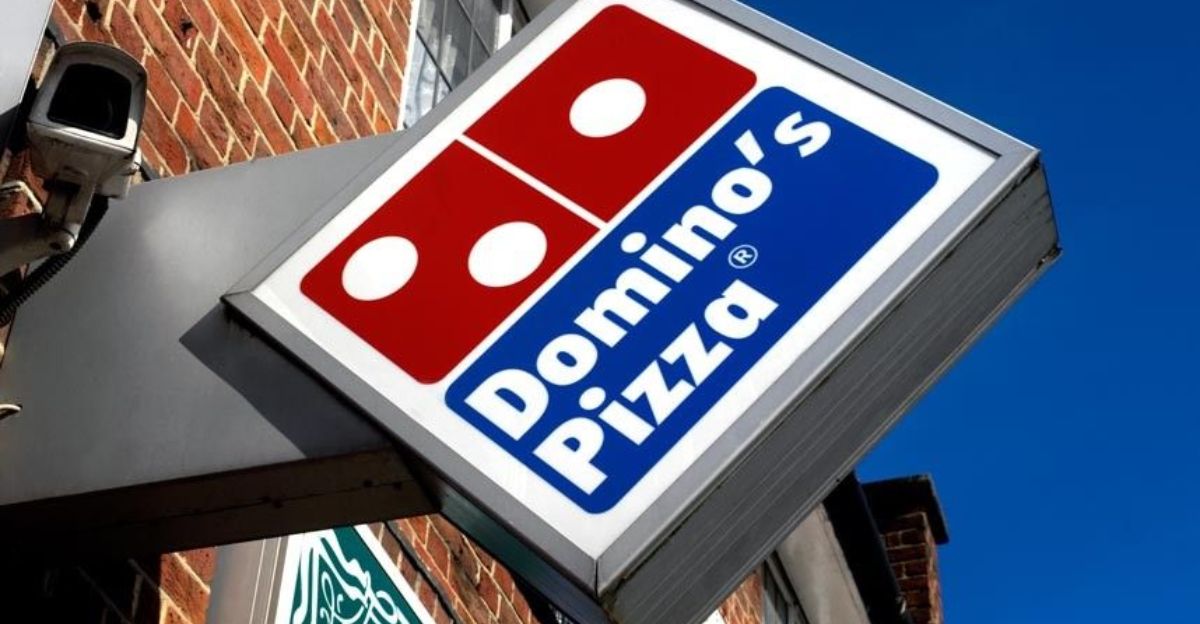
Franchise owners are caught in the crossfire of rising ingredient costs, labor shortages, and declining customer traffic. The pressure to offer discounts while maintaining profitability is immense. Many franchisees have taken to platforms like Reddit and TikTok to share their struggles balancing quality and value, offering a rare glimpse into the realities behind the brand.
This transparency reveals how corporate strategies translate into real-world challenges and why Domino’s recent menu innovations and promotions are partly designed to support these franchisees. The human element here is crucial: franchise owners are not just business operators but community members navigating an increasingly complex landscape, making their success vital to Domino’s overall recovery.
Fierce Competition in a Crowded Food Market
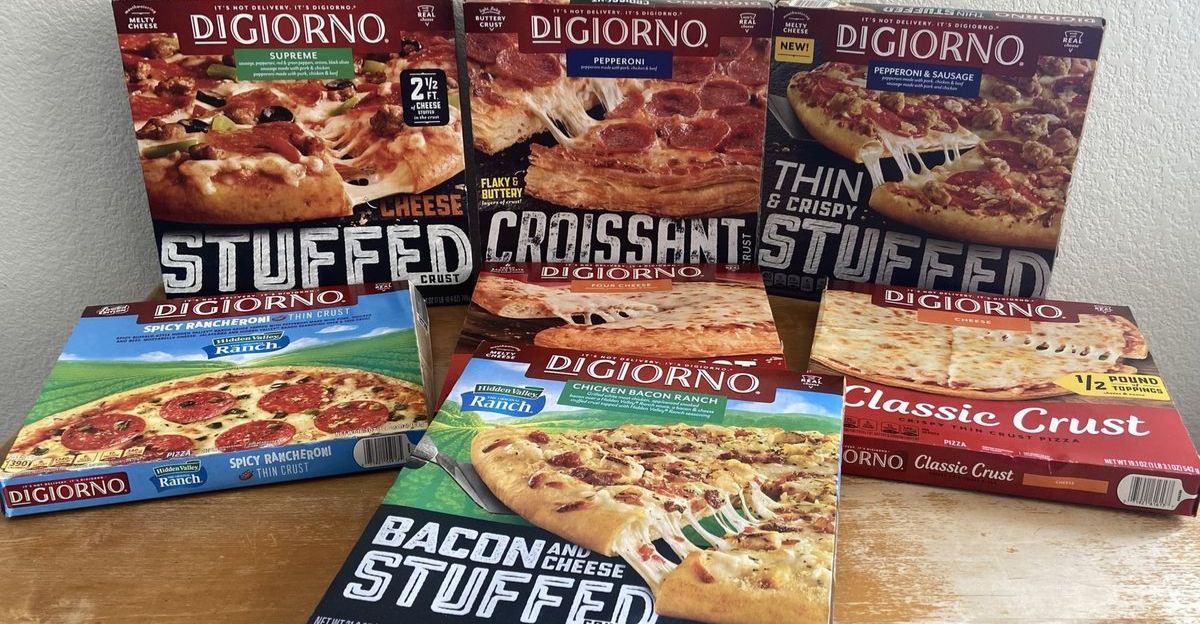
Domino’s isn’t alone in facing these challenges. Pizza Hut, Papa John’s, and frozen pizza brands like DiGiorno compete for the same shrinking slice of consumer spending. The market has grown crowded with delivery apps like DoorDash and Uber Eats, which are expanding options beyond pizza to sushi, burgers, and gourmet meals. This diversification means Domino’s must compete not only on price but also on uniqueness, convenience, and customer experience.
Their recent partnership with DoorDash aims to leverage this trend, but the battle for consumer loyalty is fiercer than ever. This competitive pressure forces Domino’s to innovate continuously, making their bold menu moves a strategic necessity in a marketplace where consumer attention is fragmented.
Changing Consumer Habits: The Bigger Picture
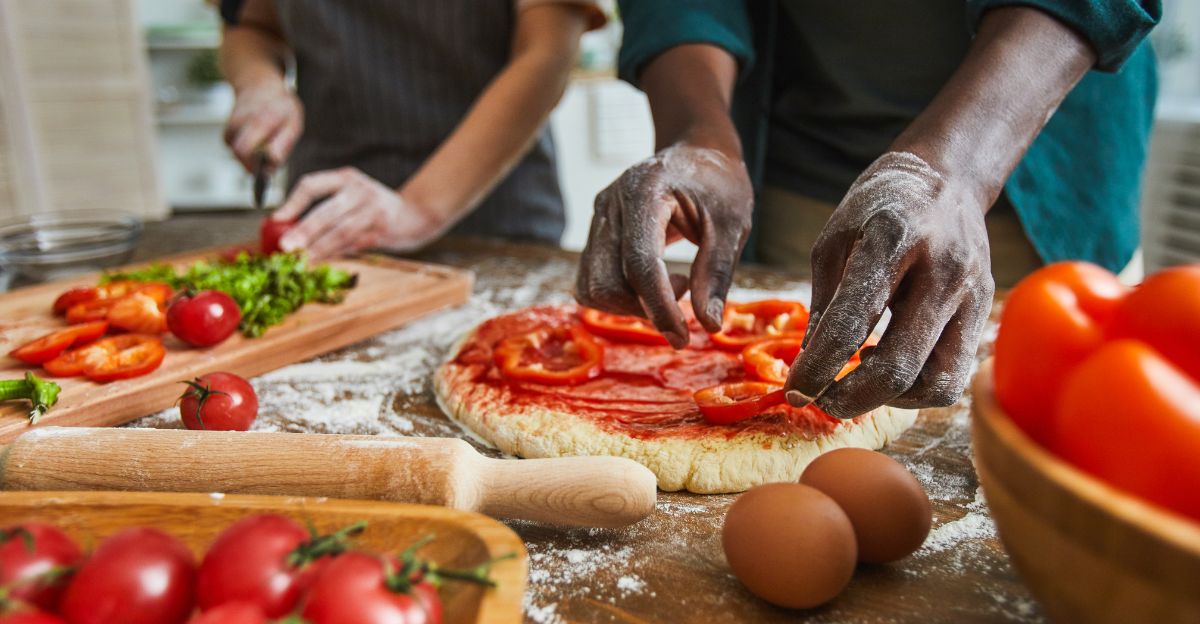
The decline in Domino’s sales is part of a larger shift in American eating habits. Fast-food prices have surged nearly 47% over the past decade, making eating out less accessible for many. Surveys show a majority now view fast food as a luxury rather than an everyday convenience. More people are cooking at home, seeking healthier options, or cutting back on discretionary spending.
This trend challenges the fast-food sector to rethink value propositions and innovate beyond traditional models. Domino’s sales slump is not an isolated incident but a symptom of this broader cultural and economic shift. Understanding this context helps frame Domino’s bold moves as adaptive strategies in response to evolving consumer priorities.
Domino’s Future: Adapt or Fade Away?
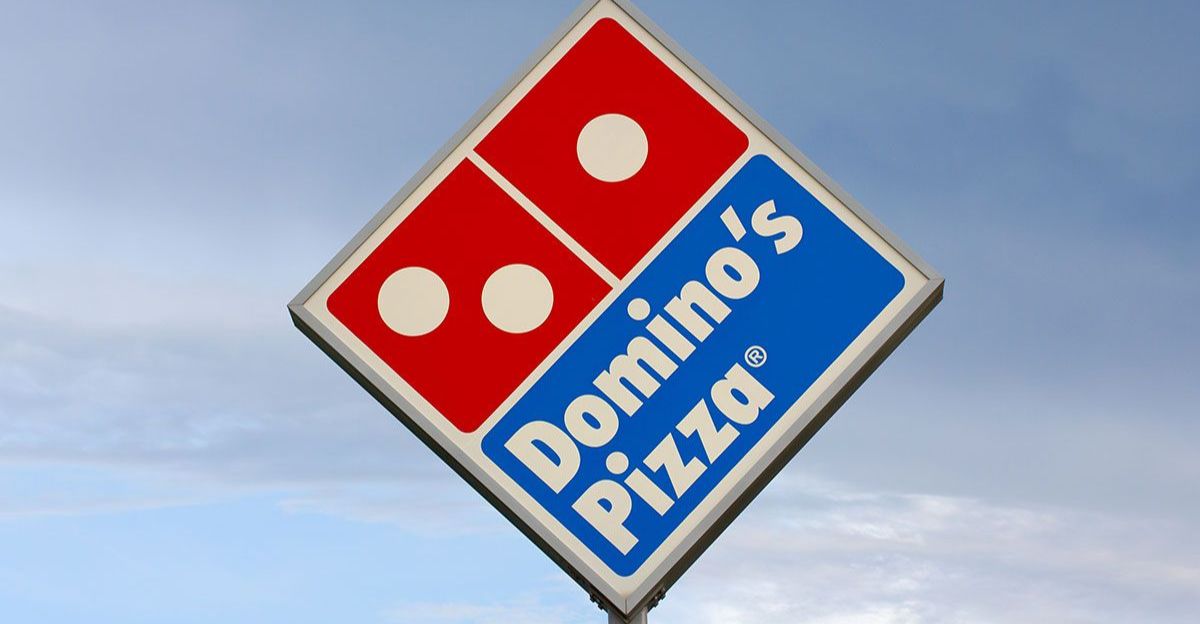
Domino’s bold moves, new menu items, aggressive promotions, and delivery partnerships signal a company fighting to adapt in a challenging landscape. But will these strategies be enough to reverse the slump and regain lost ground? The ripple effects of changing consumer behavior suggest the fast-food industry must evolve or risk obsolescence.
For customers, this could mean more creative offers, better value, and a renewed appreciation for pizza as a treat rather than a default dinner. The next few quarters will reveal whether Domino’s gamble pays off or if the dinner table revolution continues reshaping the industry. One thing is clear: standing still is not an option in a world of shifting tastes and tightening budgets.
